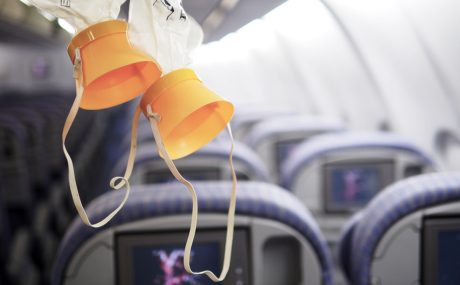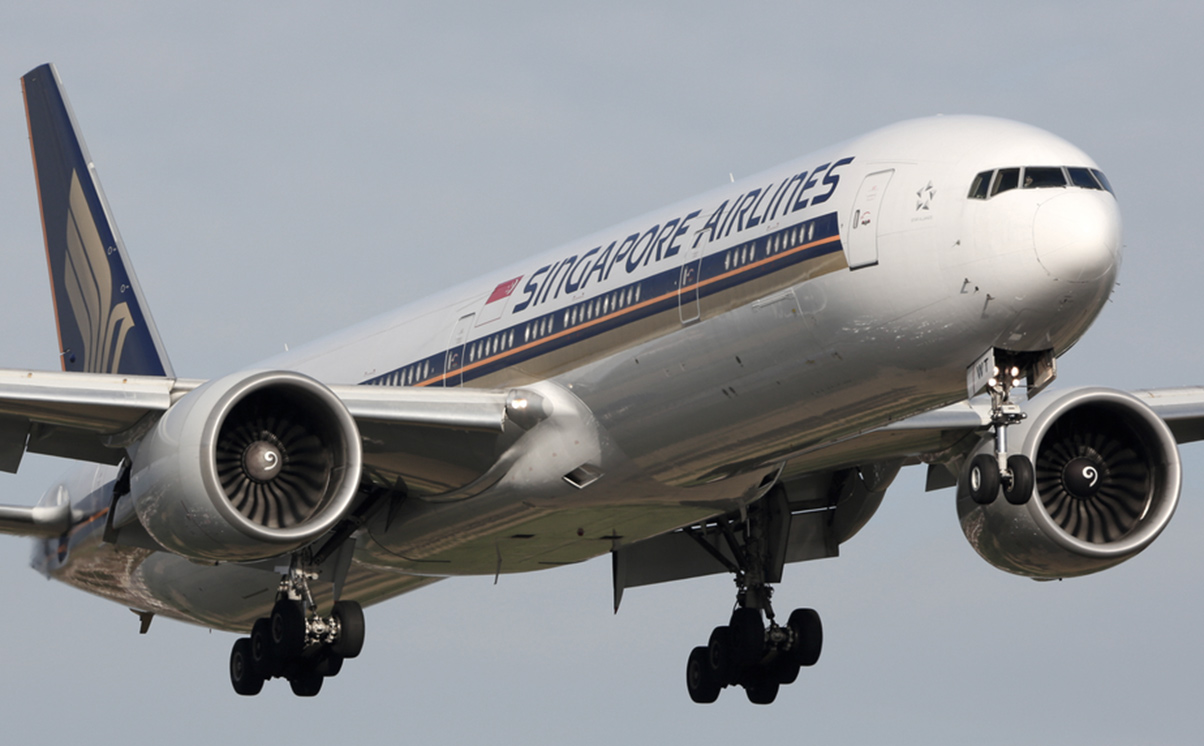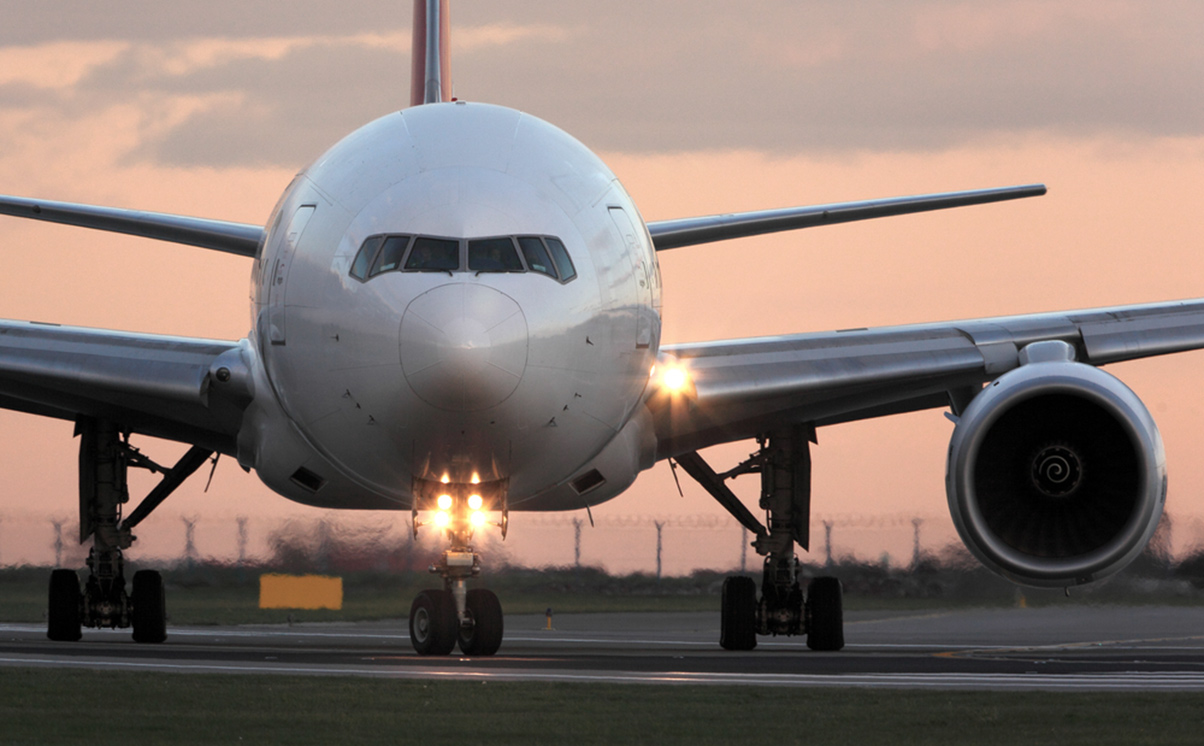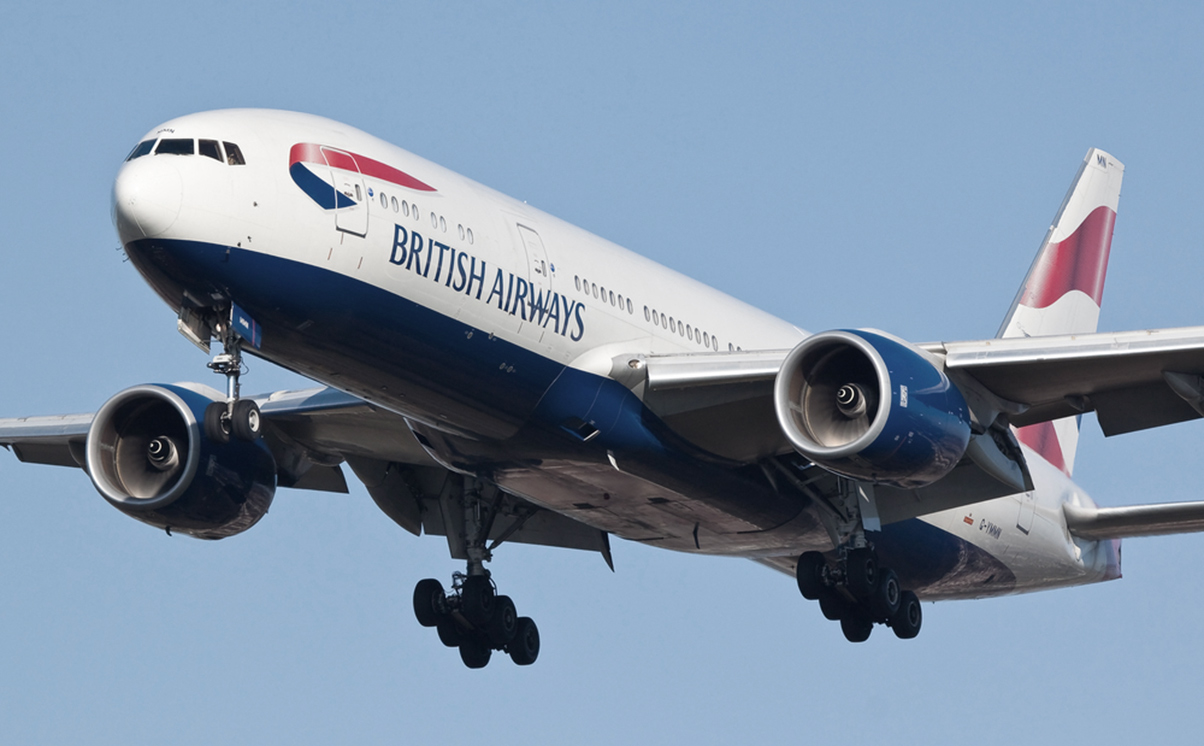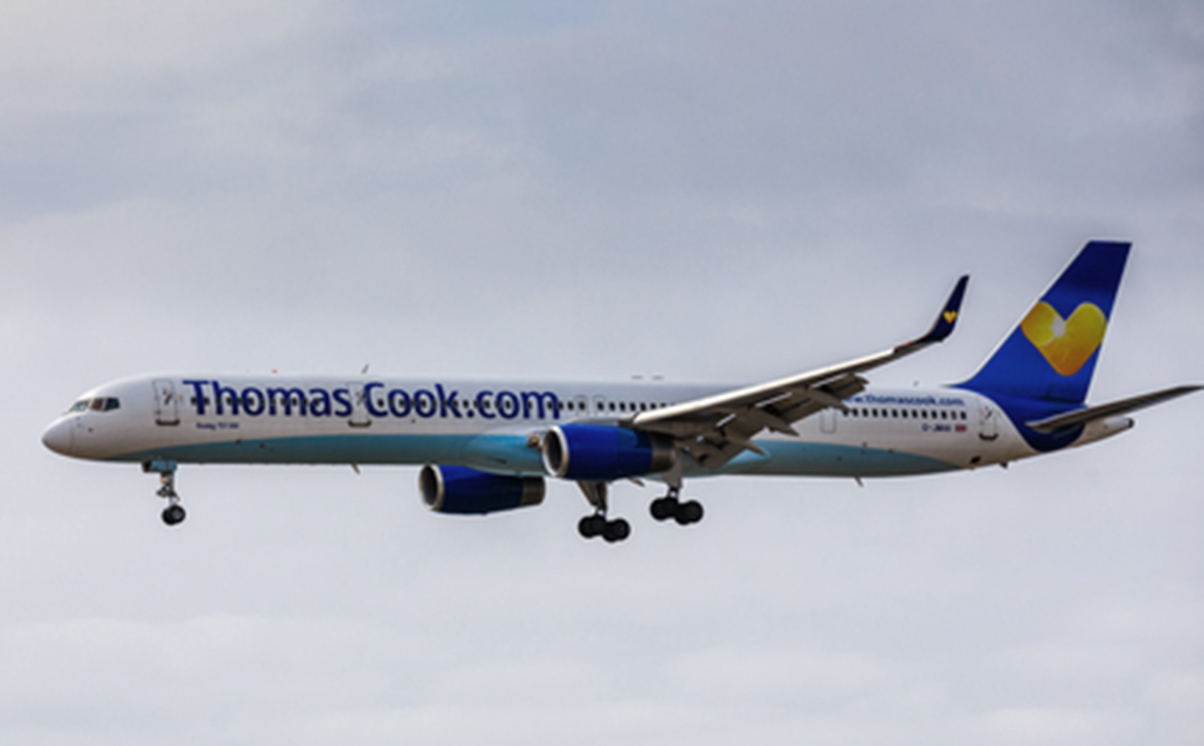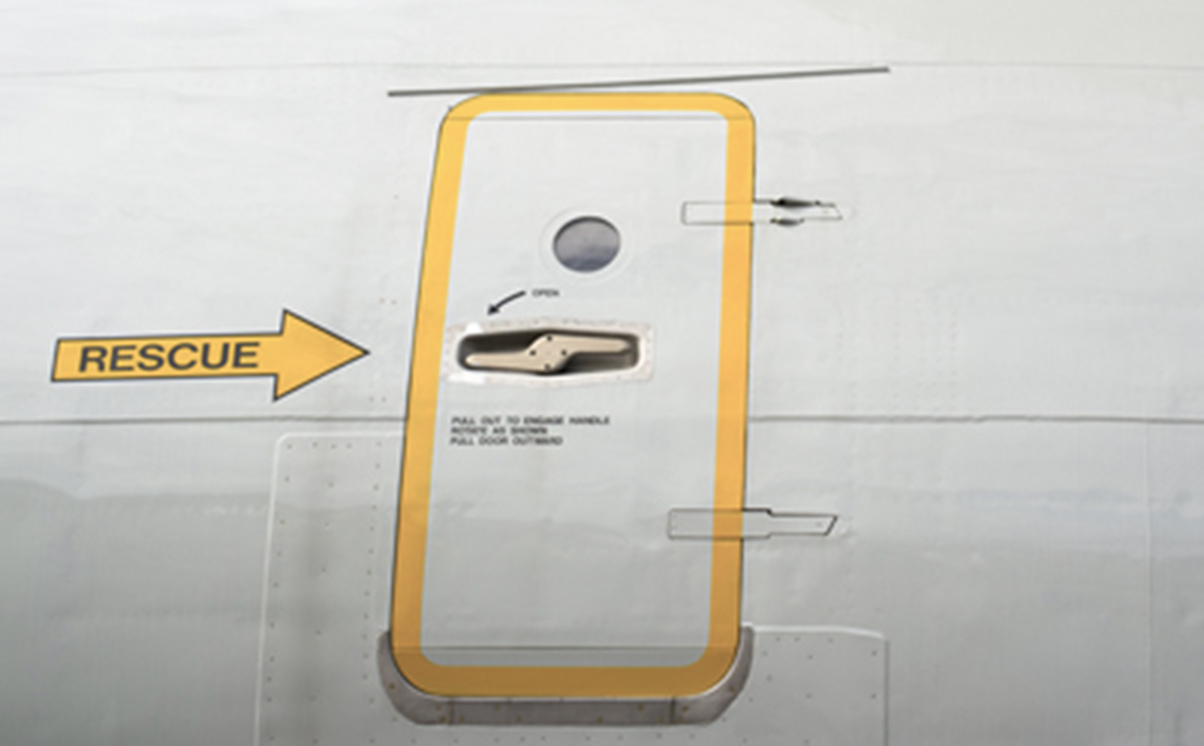Rapid decompression incidents on commercial flights are more common than most would realise. Following the most recent incident on flight FR-7312 from Dublin to Croatia, aviation partner Peter Neenan explains the legal procedures in place to help passengers who may be looking to bring a claim.
Loss of cabin pressure incidents
In the first seven months of 2018, there have been 40 in-flight incidents involving problems with cabin pressure on commercial aircraft (source: Aviation Herald). Most are resolved without incident. Standard procedures require the crew to initiate a controlled emergency descent to 10,000ft and release the oxygen masks. In most cases, the loss of cabin pressure is gradual and the crew have sufficient time to carry out an emergency descent with little or no physical impact on the crew and passengers.
Occasionally, these incidents can be much more rapid and serious. A rapid decompression event is one in which the decompression happens in a matter of seconds. It is often accompanied by a loud bang, a temperature drop and fogging of the cabin. The greatest risk in any decompression event is hypoxia leading to crew incapacitation. In 2005, the gradual and unidentified loss of cabin pressure caused the crew of Helios Airways flight HCY522 to lose consciousness from hypoxia, resulting in the aircraft crashing into the hills surrounding Athens killing all 121 passengers and crew on board.
Even where the decompression is identified and the crew act quickly and appropriately, the severity of a rapid decompression event can still cause physical damage to crew and passengers. Differences in pressure between the outside air and the air internal to a body (e.g. in the ears) can cause physical damage to the tissue in the nose, ears and eyes resulting in bleeding. Ryanair’s loss of cabin pressure during Flight FR-7312 from Dublin to Croatia on 13 July 2018 is one such example of this with over thirty passengers suffering bleeding from the nose and ears.
Claiming compensation – the law
Passengers will often wish to seek compensation for their physical and emotional injuries. Like any aviation accident, rapid decompression events are technically complex events involving a variety of causal factors. The legal framework behind this is equally complex. We have seen law firms oversimplifying the matter and failing to grasp the matrix of international legal and technical issues. This can cause passengers to lose their rights against responsible parties. This translates as lower and less fair compensation to the passenger.
The starting point is that passengers have a right to seek compensation from the airline operating the flight under applicable international conventions, the most recent of which is called the Montreal Convention. In order to obtain compensation under the Montreal Convention the passenger must establish that there was an ‘accident’ and some jurisdictions (most notably, the US) have determined that a rapid decompression event is an ‘accident’ for the purposes of the Convention. So far, so good.
The passenger must also establish that there was a ‘bodily injury’. This has been the subject of considerable legal debate and interpretation. Traditionally, the term requires a physical injury, so pure psychological injuries would be insufficient to enable a passenger to pursue a claim. Put simply for the Ryanair flight, the passengers suffering bleeding could bring a claim against Ryanair, those that didn’t bleed, probably couldn’t. More recently there has been some liberalisation of this physical injury requirement within the US courts, opening the door to the possibility of recovering against the airline even where there is no accompanying physical injury.
The Montreal Convention provides five jurisdictions where a claim may be brought, and any advice given to passengers about their rights against the airline requires a comparison of the procedural rules and damages framework within each of those five jurisdictions. It is important that any claim against the airline is brought within two years, without fail.
Suing the right party
The claim against the airline is the simplest of those available. The Convention provides strict liability (meaning that it is not necessary to prove that the airline did anything wrong) up to approximately £120,000, with a reversed burden of proof thereafter (meaning that the airline must prove that either they were neither negligent nor failed to do something which would have averted the incident or that the incident was solely caused by a third party). In practice, airlines rarely succeed in limiting liability to £120,000.
However, aviation accidents are not simple, and in our experience it can often be a mistake to pursue the airline in these cases. As mentioned above, some passengers who suffered the psychological trauma of a rapid decompression event without bleeding ears and nose are simply precluded from bringing a claim against the airline. Equally, others may justifiably feel that the blame does not lie directly with the airline, whose crew responded to a technical malfunction on the aircraft. An official accident report may identify aircraft and system manufacturers, sub-component manufacturers and maintenance companies as those primarily responsible for the accident.
The potential liability of manufacturer and maintenance parties raises questions over other jurisdictions including the US and EU. Competent aviation legal advice requires the inclusion of these additional jurisdictions within any strategic advice to a passenger. We have been successful in several high profile emergency incidents including British Airways Flight 2276 in Las Vegas in 2015, Lot Flight 16 at Warsaw in 2011 and British Airways Flight 38 at Heathrow in 2008.
In each of these cases, we considered every possible cause, every possible defendant, every possible jurisdiction and the range of our clients’ injuries. We concluded that the best claim was not under the Montreal Convention but rather against a manufacturer defendant in the US. These claims provided for full compensation for physical injuries and psychological trauma for all passengers at values that were significantly higher and fairer than any jurisdiction under the Montreal Convention.
Claims against US manufacturer defendants are not straightforward. They require a full understanding of the technical malfunction of the aircraft system, and in-depth understanding and experience of the procedural rules in different states within the US. There are variations in the time limit by which a claim must be brought, and critically, variations in the courts approach to accepting the jurisdiction to consider the claim, particularly in cases involving non-US passengers and non-US incidents.
You can find further information regarding our expertise, experience and team on our Aviation pages.
If you require assistance from our team, please contact us or alternatively request a call back from one of our lawyers by submitting this form.
Media contact: Lydia Buckingham, Senior Marketing Executive, +44 (0) 20 7822 8134, lbuckingham@stewartslaw.com

